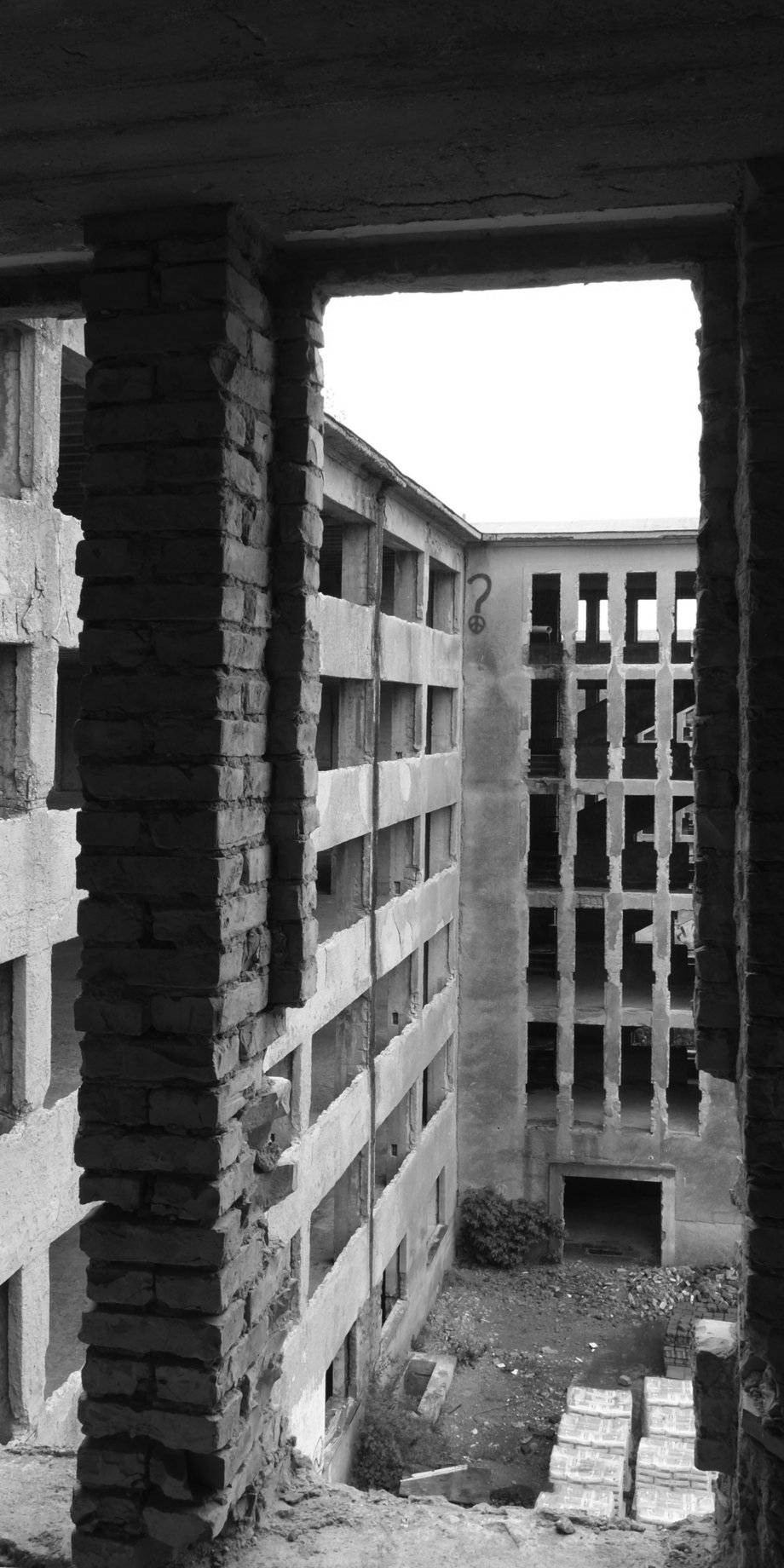The History of the Prora Building Complex

The KdF Resort at Prora (KdF stands for Kraft durch Freude, strength through joy) on the Baltic Coast was one of Germany’s largest construction sites created by the Nazi regime. The gigantic holiday resort, which was designed to hold 20,000 beds, was meant to provide low-cost seaside recreation for “racially valuable” working class families. It was never finished. Having been abandoned during the war, the shell of the 4 km long structure has managed to survive to the present. The remains met with various phases of use, which included disuse, military housing, and travel accommodation in the form of a youth hostel and vacation homes.
The project aims to investigate the history of the development and use of the Prora building complex from the era of National Socialism to the present by combining historical building research with the methods of the historical and social sciences.
Documenting the history of the building will involve two approaches. The first will consist of an analysis of the discourse over various periods of time. The second will constitute an investigation of the built artefact and a retracing of the different uses performed in the building over time. The ideological and planning intentions of the project’s builders and users will be considered in relation to their practical implementations and vice versa.
A focus will be placed on investigating the manner in which the building expresses the cultural and technical knowledge of its time to achieve specific political purposes. The relationship between the cultural and technical aspects of the building and its later uses will be examined.
Researcher: Florian Rietmann
